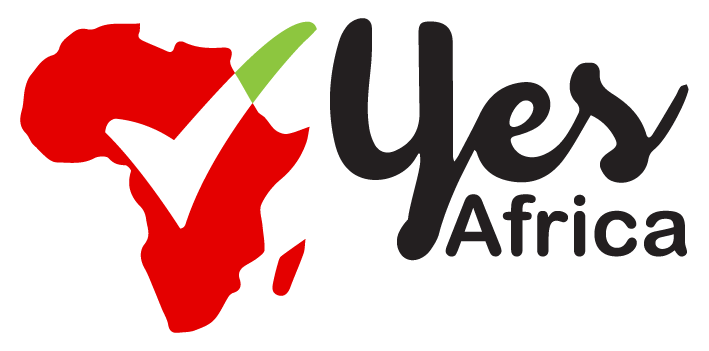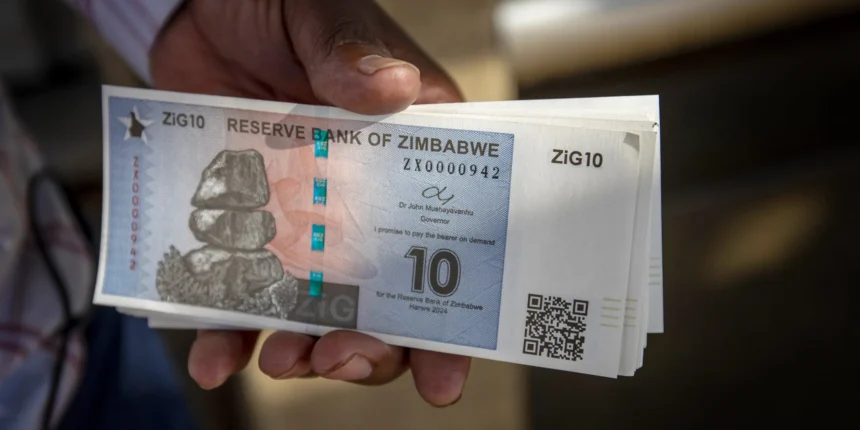Zimbabwe’s monthly inflation rate fell to 11.7% in November from 37.2% in October, its first decline in four months.
The declining inflation coincides with the gold backed ZIG currency which gained over 10% against the US dollar this month after its devaluation by the Reserve Bank of Zimbabwe. Recall that in September, the Reserve bank of Zimbabwe devalued the ZiG by 43%, from 13.56 to 24.4 against the dollar in a bid to stabilise the volatile economy.
By the end of September, the Reserve Bank of Zimbabwe invested 43% against the US dollar, from 13.56 to 24.4, in a bid to stabilise the economy.
In addition, the bank raised the interest rate by 150 basis points from 20% to 35% in a bid to prevent further inflation, which has pushed mortgage rates to their highest level since March.
- Advertisement -
Monthly consumer price increases were 5.8% in September and accelerated in October, rising from 104.62 points in September to 143.59.
According to the Reserve Bank of Zimbabwe, the current market exchange rate for Zimbabwe is 25.33 to the US dollar. On market balance, the ZiG is trading at 25-30 to the US dollar.
The ZiG came to mind in August after El Niño caused severe drought in Southern Africa, causing food prices to rise abroad.
Launched in April 2024, the ZiG is the sixth attempt since the Zimbabwean dollar collapsed due to inflation in 2009. The country issued a $100 trillion banknote in 2008, and has since been converted into foreign currencies, bonds, gold coins and gold-based digital currencies. It reintroduced the ZW$ in 2019 with strict rules before allowing the use of foreign currency in March 2020.
The government subsequently faced complaints from locals who continued to exchange currency after complaining of many additional investments and poor history.
- Advertisement -
Despite the positive signs, problems persist. High annual inflation and a lack of economic change make uncertainty seem overwhelming by comparison. Analysts warned that supporting ZiG’s recovery would require continued monetary policy, fiscal responsibility and strong measures to restore public confidence in the currency.









